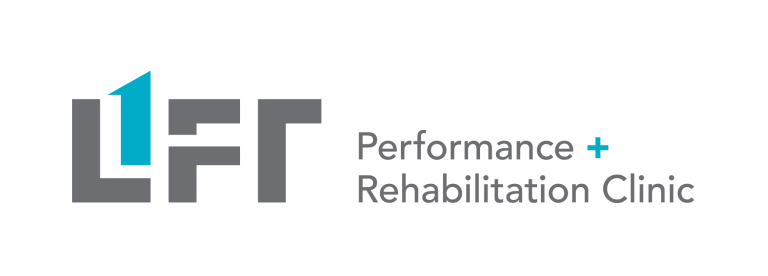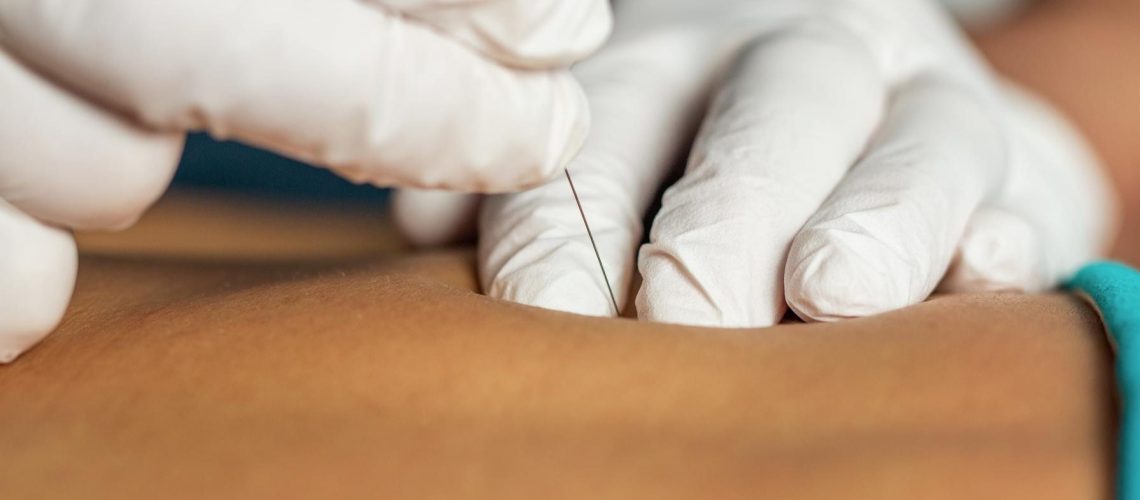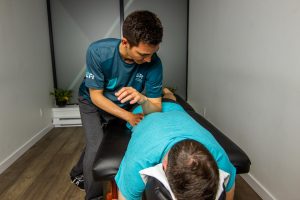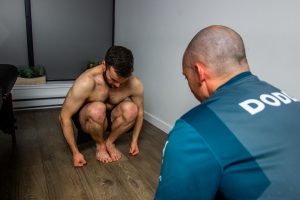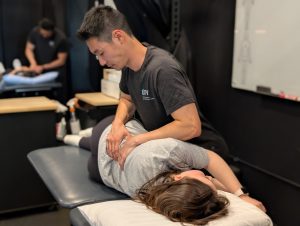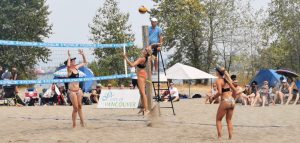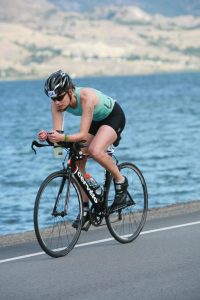IMS Dry Needling – See it in Action and Learn How it Works – From Vancouver Physiotherapist Travis Dodds
IMS Dry Needling is Quickly Becoming One of the Most Well-Known Treatment Techniques Offered by Vancouver Physiotherapists, for the Treatment of Pain and Movement Impairments.
What Is IMS Dry Needling?
The technique uses a “dry” needle, one without medication or injection, inserted through the skin into areas of the muscle. Notably, these needles are similar or in some cases the same as acupuncture needles. They’re much smaller and generally more comfortable to insert than a hypodermic needle (like the ones used for vaccines). Other terms commonly used to describe dry needling include trigger point dry needling, intramuscular manual therapy, and IMS (intra-muscular stimulation). Vancouver physiotherapists use IMS Dry Needling in their practice a lot – many clinics in our region offer it as a therapy option.
We’re going to answer a few of the most common questions about IMS Dry Needling here – but feel free to comment below or reach out to ask us your questions!
What are the Benefits of IMS Dry Needling with Physiotherapy?
The benefits of IMS Dry Needling are mainly pain relief, better range of motion and improved motor control/muscle activation. The aim is to reset your pain, tension, mobility, strength, or control of the targeted muscle.
To give an example, if you get knee pain from running, jumping or descending a hike: Through assessment, we learn that you also have a lack of mobility in the thoracic region (mid/upper back), hypersensitivity in the low back, reduced range of motion in the hip, weakness of the hip and weakness of the lower leg affecting foot control. All of these signs and symptoms contribute to your knee pain. As a result, we treat the low back, hip and quads with IMS Dry Needling, manual therapy, massage, and exercises. This results in better muscle activation (motor-control) through the hip and foot, and less knee pain with activities. We still need to treat the thoracic mobility issues that are making the low back grumpy.
Is IMS Dry Needling painful? What Does it Feel Like?
Achy. Twitchy. And for some, weirdly satisfying. Think of it like the deep achy sensation to a deep tissue massage, except more sudden; and often clients can perceive the movement in the hypersensitive muscle as it ‘twitches’ in response to the needle touching it. Because the needles are so small, they often don’t produce the characteristic sharp “needle pain” you might expect.
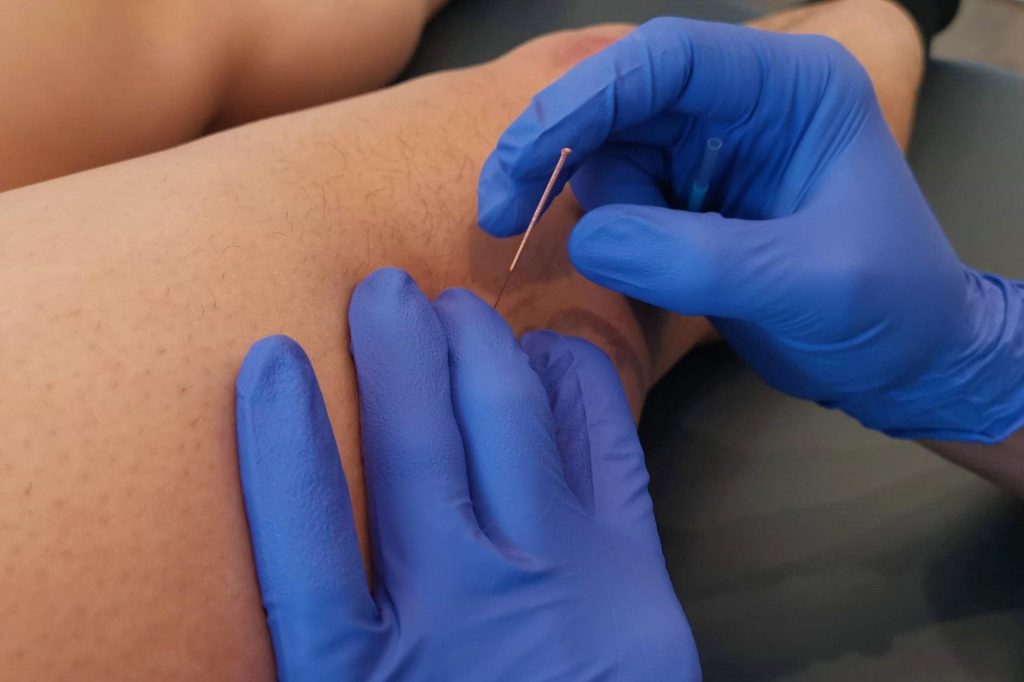
So, is it painful? Yes and no; most people would say yes, it’s a bit painful – but we have also had clients who can’t tolerate deep tissue massage, and find IMS Dry Needling to be quite comfortable. With that said, for those who do have a harder time tolerating it, we do everything we can to help make the experience as comfortable as possible, and have often had clients tell us it was ‘more therapeutic’ and easier to tolerate than previous experiences.
For our most challenging clients, we sometimes agree to do 1-2 IMS points (total about 10 seconds) within the course of their treatment session. This can be enough to have a positive effect on pain and movement and ensure the experience of the session (including assessment, manual therapy, and exercise) is positive overall. At Lift Clinic we feel it’s very important that a client shouldn’t be overwhelmed by their treatment, and actively encourage clients to provide feedback and feel empowered to ask for a break or let us know if they’re getting close to having ‘enough for today.’ After all, it’s meant to be a positive and therapeutic experience.
How is IMS Dry Needling Done?
- The treatment begins with a discussion with your physiotherapist, ensuring you understand the benefits and goals of the treatment, as well as relevant risks
- A trained and certified clinician begins by thoroughly cleaning the area and sterilizing it with alcohol
- A sterile filament needle is inserted through the skin, into the muscle (for clients who are apprehensive about this, we often try to coordinate with their breathing – insert the needle during a breath in, which helps you feel more in control of the process)
- The needle can be inserted quickly once, or a few times consecutively to target different parts of a grumpy muscle (referred to as pistoning). It depends on the therapeutic goal and client comfort.
- The entire process, from tapping into the skin, into the muscle, and out, can be done in as little as 5 seconds; this leaves us plenty of time to address other issues or use other modes of therapy during a session.
Are benefits of IMS Dry Needling Lasting?
Yes and No. Like many things in the body, it depends! IMS Dry Needling can be extremely relieving, and at times help us to achieve a level of relief we can’t achieve in any other way. Whether it lasts depends on WHY the muscles became a source of pain in the first place. So, if there was an acute injury such as an impact, or muscle strain with sprinting or jumping – you might achieve lasting relief as you “reset” a tight and grumpy muscle. This seems to hold true especially in cases where the initial cause of the pain is healing or has healed, or where the degree of tissue injury isn’t severe.
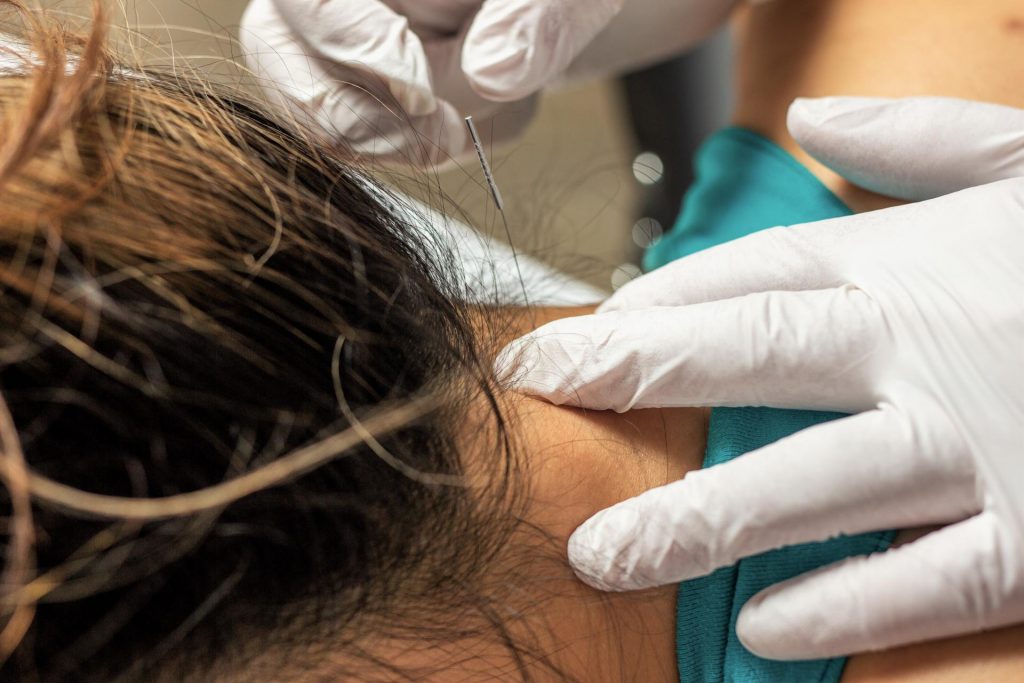
In cases where the muscles are tight, grumpy and painful due to a persistent irritant (such as arthritis for example), there may be relief, which for some clients could be lasting, while for other clients pain and tension may return relatively quickly. For some clients IMS is part of a treatment plan that enables relief so that they can better tolerate other parts of their treatment (manual therapy and exercise) to achieve lasting results. There are times when dry needling alone may be effective; but more often it is part of an overall, more comprehensive approach to treatment.
Are IMS Dry Needling With Physiotherapy, and TCM (Traditional Chinese Medicine) Acupuncture the Same?
No. The needle may be the same, but the treatment application and rationale depend on the training and background of the practitioner. The basic foundations of Traditional Chinese Medicine (TCM) are vastly different when compared to physical therapy training. This will influence where a clinician chooses to apply needles and the treatment rationale. As such there are times when TCM Acupuncture can be a beneficial and complementary therapy to physiotherapy. And, there may be times when a TCM Acupuncturist has taken training in musculoskeletal assessment and treatment or trigger point dry needling coursework and experience that lead them to incorporate this style of treatment in their practice. But as for IMS Dry Needling in physiotherapy practice, we’re thinking about muscles and their interactions with the nervous system, rather than chi/energy flow and meridians (a deep explanation of TCM acupuncture is beyond the scope of this article).
Is dry needling safe?
Yes, for most people it is quite safe. You’re seeing an experienced, trained clinician. The most common contra-indications to IMS Dry Needling are extreme needle-phobia (risk of traumatic experience), and pregnancy (risk of triggering child-birth process prematurely); however a number of other situations may be considered contraindications or precautions. During your session, your physiotherapist will ask you relevant questions to ensure it is safe for you.
Aside from this, the most common side-effects of IMS Dry Needling are temporary discomfort (may last 24-48 hours, like as if you had a significant workout in the affected muscle), bruising, and sweating (due to your fight-or-flight response kicking in).
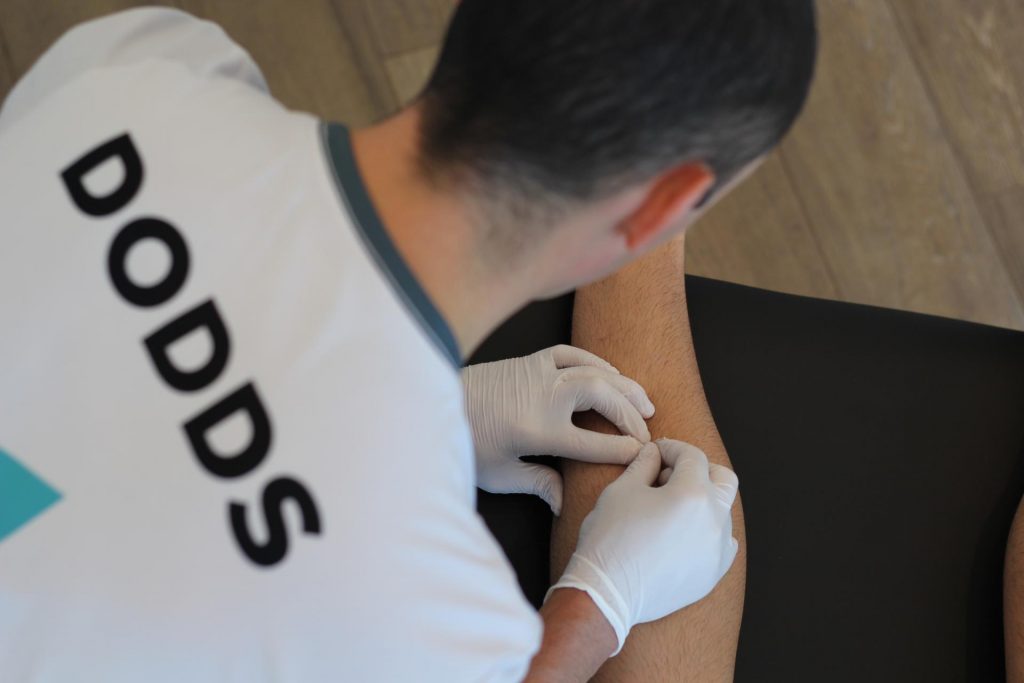
How can IMS Dry Needling Help You Achieve Your Rehabilitation Goals at Lift Clinic?
Dry needling is used head to toe to help treat a wide range of conditions. Our treatments at Lift Clinic often get into local muscles, regionally associated muscles, muscles of associated spinal segments (where the nerves that control sensation and movement of the affected area come from), as well as root-cause limitations from adjacent regions. An example is if there is shoulder pain due to the neck being hypersensitive, and the neck is hypersensitive because mobility is lacking in the mid-back or low-back.
Here are some examples of conditions frequently treat using IMS Dry Needling as part of the rehabilitation process:
- Headaches (may include suboccipital muscles, sternocleidomastoid, upper trapezius, levator scapula)
- Sciatica (may include lumbar paraspinals, piriformis, gluteal muscles)
- Hand and wrist pain (may include forearm muscles, muscles of the hand)
- Low Back Pain (may include lumbar paraspinal muscles, gluteal muscles, quadratus lumborum, hip flexors)
- Knee Pain (may include lumbar paraspinals, hip flexors, quads)
- ACL injury and post-surgical recovery (may include lumbar paraspinals, gluteal muscles, hamstrings, hip flexors, quads, popliteus and calf muscles)
- Plantar Fasciitis (may include lumbar paraspinals, hip flexors, glutes, hamstrings and calves, as well as muscles of the foot)
- Achilles Tendinopathy (may include lumbar paraspinals, hip flexors, glutes, hamstrings and calves, as well as muscles of the foot)
- Shin Splints (may include lumbar paraspinals, tibialis anterior, tibialis posterior, flexor digitorum longus)
- TMJ pain (may include suboccipitals, masseter, temporalis)
- Frozen Shoulder (may include neck paraspinals, upper trapezius, deltoid, rotator cuff)
- Neck Pain (may include muscles of the neck and thoracic regions, suboccipitals)
- Tennis Elbow (may include muscles of the neck, wrist extensors, wrist flexors, biceps, triceps)
- Shoulder and rotator cuff pain (may include muscles of the neck, deltoid, supraspinatus, infraspinatus, subscapularis, scapular retractors and protractors, lats, teres major, triceps and biceps)
